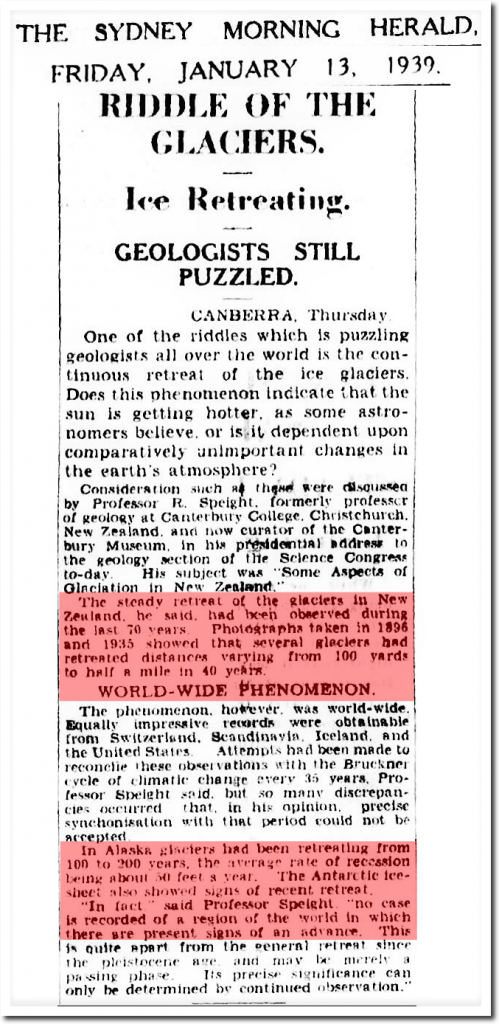
CCD Editor’s Note: Previously we noted how The Guardian said Trump was scuttling our sea ice monitoring program and “ordered the destruction of a vital sea ice probe.” Dr. Roy Spencer shot that down and said it was being replaced with newer and better ones like the JPSS1 series (and others).
The highly-advanced polar-orbiting satellite is equipped with next-generation technology to improve the accuracy of seven-day forecasting.
Known as JPSS-1, it is the first of four new-style units deployed by Nasa for the US National Oceanic and Atmospheric Administration (NOAA).
Lift off! #JPSS1 heads to orbit, satellite will improve the timeliness and accuracy of U.S. #weather forecasts https://t.co/hcd6to5VvM pic.twitter.com/vvBfnhBVfG
— NOAA Communications (@NOAAComms) November 18, 2017
It will spend the next three months in the testing phase and then go live.
“Launching JPSS-1 underscores NOAA’s commitment to putting the best possible satellites into orbit, giving our forecasters – and the public – greater confidence in weather forecasts up to seven days in advance, including the potential for severe, or impactful weather,” said Stephen Volz, director of NOAA’s Satellite and Information Service.
Five instruments will measure atmospheric temperature and moisture, clouds, sea-surface temperature, ocean color, sea ice cover, volcanic ash, and fire detection.
The data will improve weather forecastings in the US, such as predicting a hurricane’s track, and “will help agencies involved with post-storm recovery by visualizing storm damage and the geographic extent of power outages”, said Nasa.
It will also help to map weather events like El Nino and La Nina.
“Emergency managers increasingly rely on our forecasts to make critical decisions and take appropriate action before a storm hits,” said Louis W Uccellini, director of NOAA’s National Weather Service.
“Polar satellite observations not only help us monitor and collect information about current weather systems, but they provide data to feed into our weather forecast models.”
The satellite, currently known as Joint Polar Satellite System-1 (JPSS-1), launched into orbit on November 18 on a United Launch Alliance Delta II rocket from the Vanderberg Air Force Base in California.
1 minutes remaining until second stage restart . . . and while you’re waiting, another great image of liftoff, credit ULA. pic.twitter.com/XU5vpXIcaC
— NOAA Satellites (@NOAASatellites) November 18, 2017
Once it’s finished the testing phase, the satellite will be known as NOAA-20.
It runs on solar power.
Read more at Evening Express






So what ever become of the ERTS(Earth Resources Tecnology Satellite)they luanched back in the 1970’s era? I guess it like Skylab surrendered to the pull of gravity and burned up as well
Let me make a prediction. The minute sea ice retreats ten feet as recorded by this satellite, it will be reported worldwide as a dire emergency. Later in the season when that same ice expands one hundred miles, it will be totally ignored by the same media. It really doesn’t matter what the satellite reports; the public will be sold garbage before science as usual.
Since there’s all the concern of atmospheric research and it’s effects
HOW COME
We hear nothing of the the HAARP ?
High Altitude Atmospheric Research Project.
It’s been located in southeast Alaska
right next to the Aleyeska pipeline for the
last forty years.
It’s been powered by straight crude from the pipeline
to
specially designed diesel engines
that power a gigantic antenna array that pump
GIGAWATTS
into the ionosphere to manipulate ground level weather.
The whole idea is to use weather as a weapon.
Hitler lost nine irreplaceable divisions in WW2 Russia and thereby lost the war !